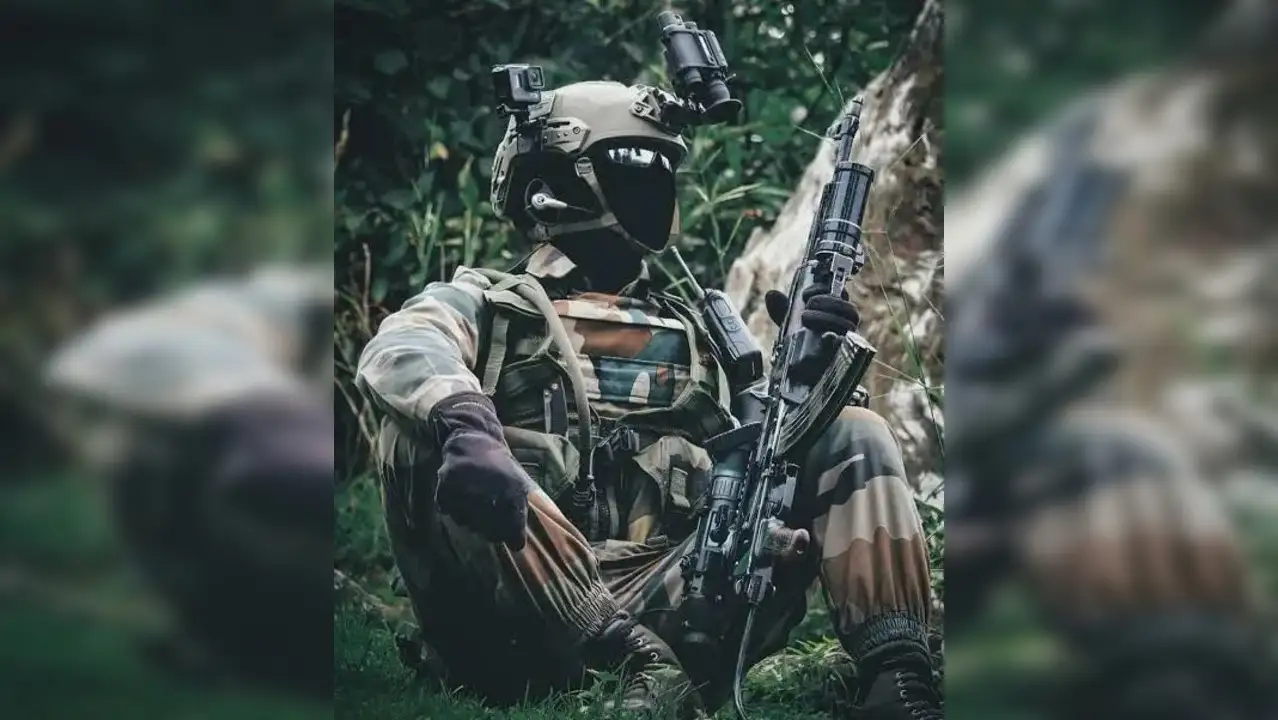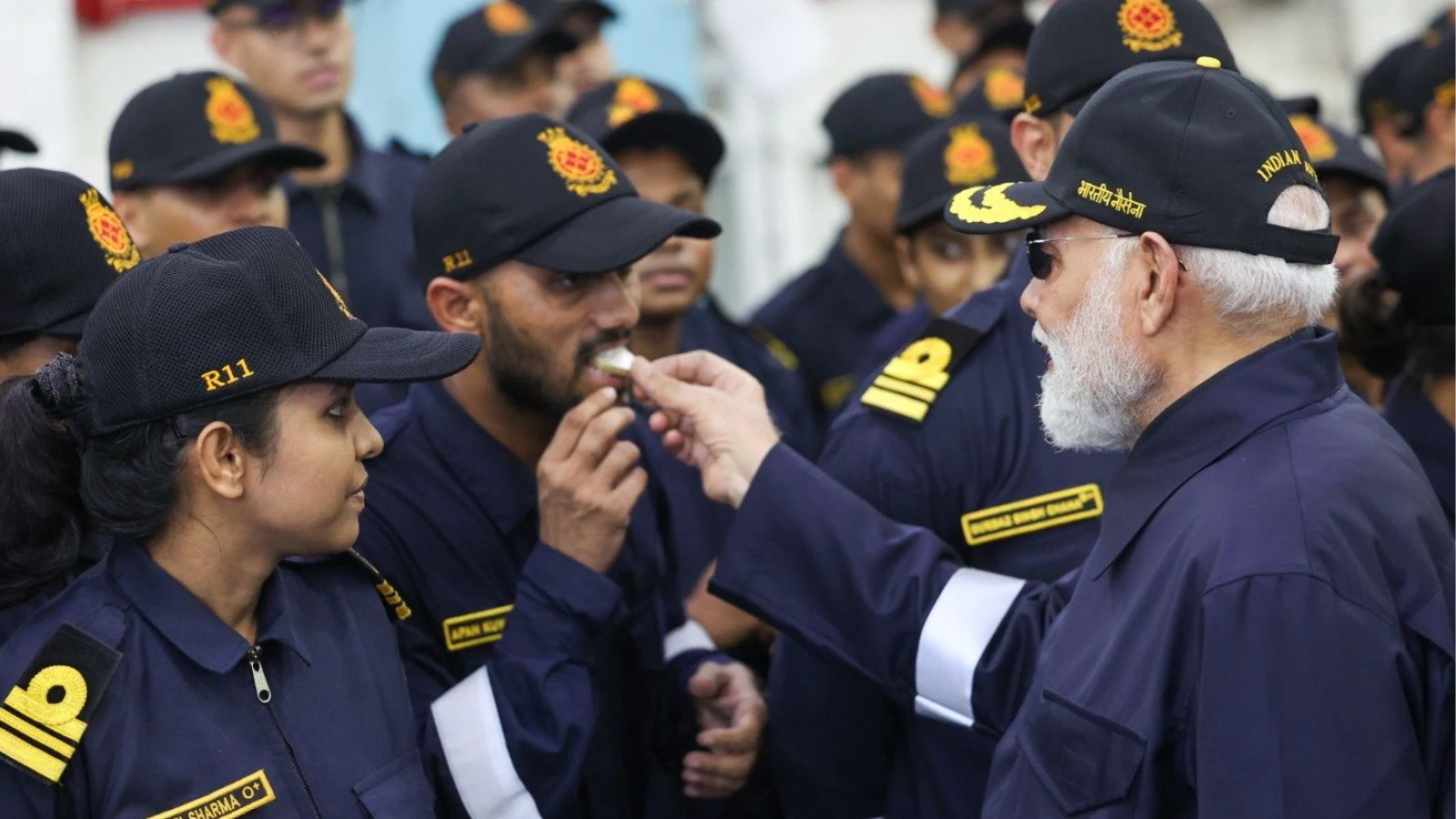Copyright timesnownews

As the Indian Army prepares to mark Shaurya Diwas — earlier known as Infantry Day — on October 27, the message from the Infantry Directorate is unambiguous: the future battlefield will belong to those who adapt fastest. Speaking ahead of the occasion, Lt Gen Ajay Kumar, Director General Infantry, described how the Army’s ongoing transformation aims to make its largest and most combat-hardened arm faster, smarter, and deadlier. From the creation of Bhairav Commando Battalions to the rollout of ‘Ashni’ Drone Platoons across every Infantry unit, the changes signal a shift from manpower-heavy warfare to technology-enabled, multi-domain combat readiness. Bhairav Commandos: Bridging Infantry and Special Forces Lt Gen Kumar described the Bhairav Commando Battalions as “lean, mean units” — compact, high-mobility strike formations that combine the tactical agility of Special Forces with the operational depth of regular Infantry. “These battalions are designed for swift tactical strikes and rapid redeployment, especially in border areas and high-intensity contingencies,” he said. Each battalion will comprise about 200–250 personnel, a smaller but more lethal strength compared to traditional battalions. What sets them apart is their integrated composition — personnel are drawn not just from Infantry, but also from Signals, Army Air Defence, and Artillery regiments to create multi-skilled teams capable of operating independently under demanding conditions. “So far, five Bhairav battalions have been raised, trained, and deployed in independent areas of operation,” the DG confirmed. Their on-the-job training, which began on October 1, will conclude on October 30, after which they will be fully operational and mission-ready. The Bhairav model, he said, reflects the Army’s effort to create rapid response, multi-domain combat units that can deliver quick results without the logistical footprint of a full battalion group — particularly in mountainous terrain and border regions, where speed, stealth, and autonomy are crucial. Ashni Drone Platoons: 380 tech eyes in the sky If Bhairav is the Army’s new muscle, “Ashni” is its vision. The DG Infantry confirmed that each of the Army’s 380 Infantry battalions will soon field an Ashni Drone Platoon, giving every unit its own dedicated aerial surveillance and strike capability. The platoons will operate about ten different types of drones, divided into surveillance and combat categories. Four are dedicated to intelligence, surveillance, and reconnaissance (ISR) missions, while six are designed for offensive roles — including loitering munitions, kamikaze drones, and non-precision dropping drones capable of releasing small explosive payloads. Kumar added that the Army is also processing cases for an advanced Anti-Tank Guided Missile (ATGM) system and a foliage-penetration radar. The latter, he said, proved its value during a recent operation by detecting hidden movements through dense vegetation when paired with drone surveillance. “This combination — of sensors and shooters — is reshaping how Infantry perceives and engages the battlefield,” he noted, underscoring the importance of ISR dominance in modern warfare. Operation Sindoor: Lessons in synergy and precision Drawing from Operation Sindoor, a recent major exercise that tested India’s integrated combat readiness, Lt Gen Kumar said it offered key insights into how modern wars will be fought and won. “It underscored the need for precise alignment between tactical actions and strategic objectives to ensure mission success,” he said. Operation Sindoor demonstrated a high level of jointness between the Army, Air Force, Navy, and other security agencies, embodying what the DG called “true multi-domain synergy”. It also marked a shift toward non-contact warfare, where drones, artificial intelligence systems, precision-guided munitions, and autonomous platforms are emerging as the dominant instruments of power projection. “Future conflicts will increasingly rely on how effectively we can blend manned capabilities with unmanned technologies,” Lt Gen Kumar emphasised. Six pillars of Infantry transformation The DG Infantry detailed a comprehensive roadmap anchored on six transformation pillars — lethality, mobility, communication, battlefield transparency, survivability, and training — each supported by new inductions and systems under procurement. 1. Lethality: The Infantry is inducting 7.62 mm assault rifles, fourth and fifth-generation anti-tank systems, rocket launchers, and loiter munitions to deliver drone-assisted precision strikes and enhanced firepower. 2. Mobility: Modern vehicles such as Quick Reaction Force Vehicles (QRFVs), All-Terrain Vehicles (ATVs), and Light Specialist Vehicles (LSVs) are being fielded to enable rapid troop movement across mountains, deserts, and urban battle zones. 3. Communication: The Army is transitioning to Software Defined Radios (SDR), ensuring secure, encrypted, and interoperable communications between combat teams, enhancing real-time coordination in complex operations. 4. Battlefield Transparency: With surveillance drones, thermal imagers, and radars feeding live data, commanders can now see, decide, and strike faster, improving situational awareness and operational planning. 5. Survivability: Infantry soldiers are being equipped with NIJ Level IV ballistic protection gear, bulletproof jackets, tactical shields, and advanced soldier kits — designed to improve both protection and combat endurance. 6. Training: The Army is incorporating tactical simulators, containerised firing ranges, and digitally aided combat training systems, giving troops realistic, technology-driven preparation for contemporary warfare. From boots to bytes: The Infantry’s next chapter Lt Gen Kumar framed the transformation as part of a larger national vision of a “Sashakt and Surakshit Bharat” — a powerful, secure India ready to meet emerging security challenges. “The Infantry remains the cutting edge of the Indian Army — steadfast, adaptive, and technologically transforming to meet future challenges,” he said. With Bhairav Commandos redefining agility, Ashni drones multiplying the Army’s eyes in the sky, and technology driving every facet of warfare, India’s Infantry is entering a new era — leaner, meaner, and unmistakably future-ready. For all the latest news and india news, visit Times Now to get live updates and breaking news around the world.



